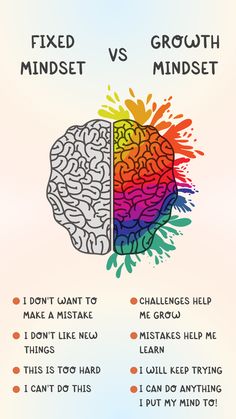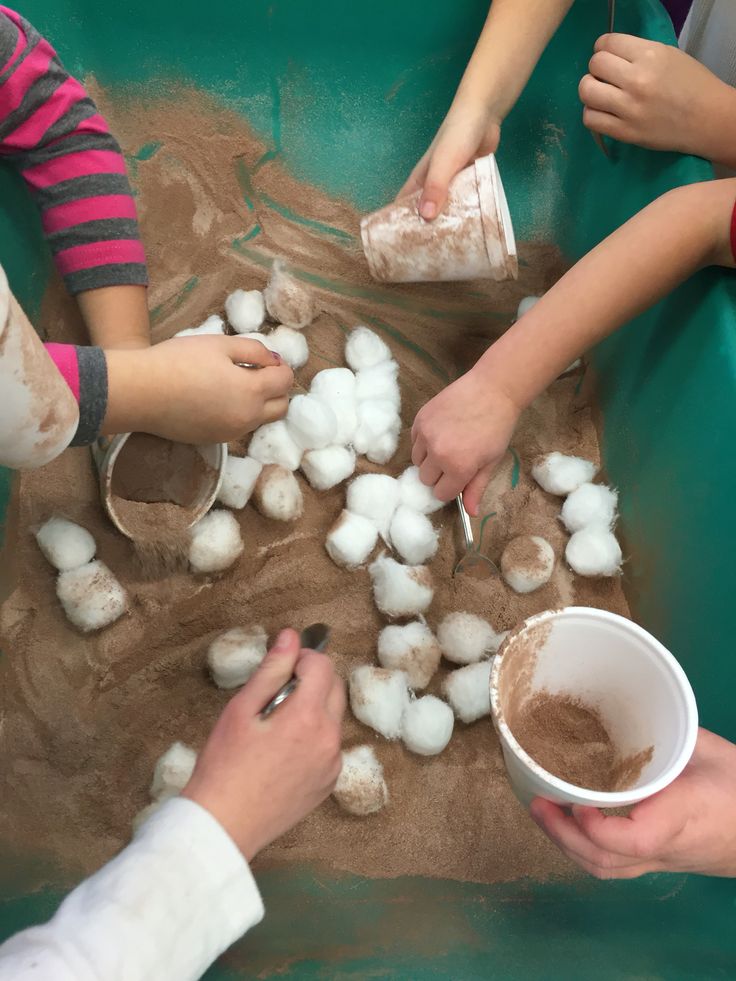Instilling a growth mindset in children can be one of the greatest gifts you bestow upon them. It is the belief that abilities and intelligence can be developed through dedication and hard work. A key character in this developmental saga is the superhero we call ‘Captain Yet.’
Captain Yet is an imaginary figure symbolizing persistence, resilience, and the understanding that learning is a journey full of challenges that are not yet mastered but will be with time and effort. By introducing Captain Yet to children, we provide them with a powerful tool to cope with the inevitable frustrations of the learning process.
The concept of Captain Yet comes from helping kids realize that just because they haven’t accomplished something, it doesn’t mean they won’t ever be able to do it – they just haven’t succeeded “yet.” This simple addition of the word “yet” to any statement of defeat transforms it into a statement of hope and possibility.
In stories told to children, Captain Yet can come to rescue when they’re struggling. For example, when a child says, “I can’t solve this math problem,” Captain Yet swoops in with a cheerful reminder: “You can’t solve it yet!” This shift in language moves the focus from failure to a learning curve that leads toward success.
Here are some superpowers Captain Yet can teach kids:
Persistence: Captain Yet teaches children to keep trying, even when tasks seem difficult or impossible. The power of persistence lies in understanding that effort and perseverance lead to improvement and eventual success.
Positivity: Captain Yet brings an upbeat attitude towards challenges. Instead of giving up, kids learn to approach problems with optimism, knowing that each attempt is a step closer to victory.
Strategic Thinking: With Captain Yet by their side, kids understand that there are many paths to success. They learn to develop strategies and seek new methods if the initial approach doesn’t work.
Feedback Reception: The guidance of Captain Yet encourages kids to view feedback not as criticism but as valuable information that will help them grow and advance on their learning path.
Embracing Challenges: Fear of failure diminishes when kids are armed with a growth mindset. Captain Yet empowers them to embrace challenges as opportunities for growth instead of obstacles.
This not only applies to academic pursuits but also personal talents, social skills, and emotional intelligence. By practicing these principles early on, children cultivate resilience and adaptability—skills essential for their future careers and personal life challenges alike.
In closing, by harnessing the power of Captain Yet, we offer our children a lens through which they view their endeavors not as finite outcomes but as works in progress. This shapes confident learners who approach life’s endless possibilities not with trepidation but with curiosity and courage—a true hallmark of the growth mindset.





